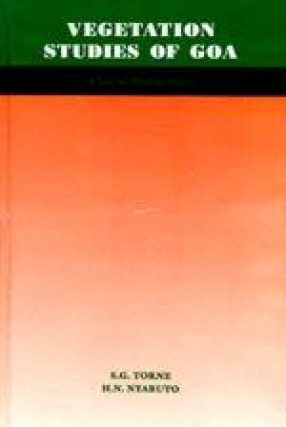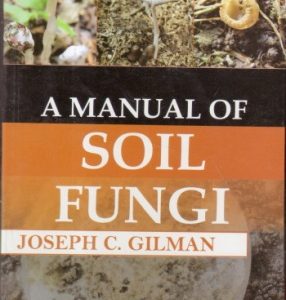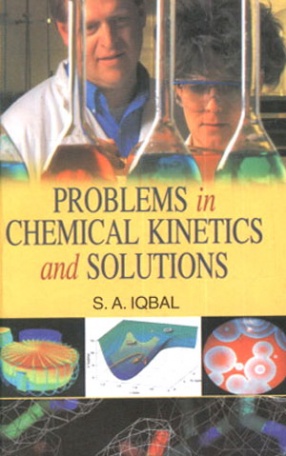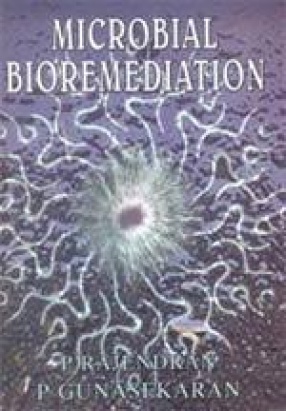This book gives an enumeration of indigenous vascular plant species found close to the disturbed mining sites situated at Pale and Sirigao villages, Goa, although widely separated but lie within the iron ore mining zones, i.e. Bicholim Geological Formation. It is unfortunate that there has not been a concerted effort on creating a quantified data base for assessing the extent of land degradations due to mining. Only by analysis of the vegetation on these areas (both disturbed and undisturbed), we will be able to say precisely the type of ecosystem including the threatened-endangered species existed in the prestine of the mining operations. It is suggested that prior to giving a sanction to any industry, it is better to have the quantified data on the ecosystem of the area under question. It is always said that wherever problem crop up as regards the degradation of land, the solutions are also found in close proximity. This enlistment of plant species gives a solution to the afforestation programmes of the mining environmentalists. Recent advances in molecular biology opened up unusual possibilities for the construction of molecular linkage maps and for gene transfer across sexual barriers. A basic requisite in such work is a precise undertanding of chromosome numbers and morphology. This also denotes the richness of diversified species existing in the pristine period. Quite a good number of plant species also can be considered as metal prospector if such type of work is to be undertaken by the mining industries in Goa.
Vegetation Studies of Goa (Close to Mining Sites)
In stock
Free & Quick Delivery Worldwide
reviews
Bibliographic information
Title
Vegetation Studies of Goa (Close to Mining Sites)
Author
Edition
1st. ed.
Publisher
Length
xvi+34p., Tables; Plates; Figures; Maps; Index; 23cm.
Subjects





There are no reviews yet.